Eyguières, heritage of the past
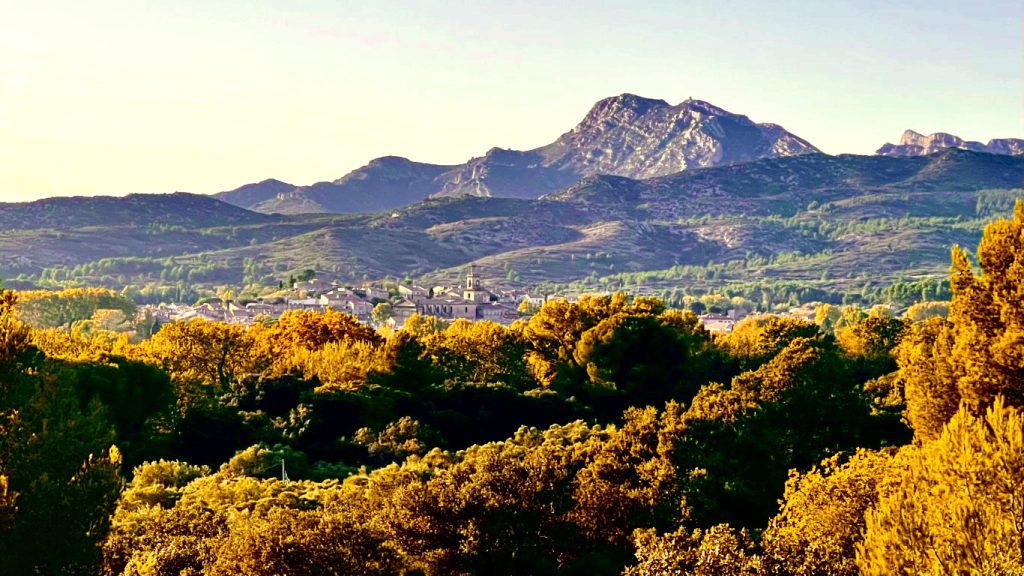
On this page you'll find a few key facts about the history of Eyguières. Of course, this is only a brief summary, and I strongly recommend that you read all the publications published by Les Chemins du Patrimoine to find out more.

The Eyguières coat of arms features three ewers on an azure background. A Provençal motto was added by Alphonse Michel, when he was justice of the peace in Eyguières around 1869: " L'aigo fai veni pouli " (water makes you pretty). This motto refers to the three fountains around which the village grew. In theArmana Prouvençau of 1869, under the pseudonym Gui de Moupavoun, Frédéric Mistral, in his chronicle, writes on page 13: " A prepaus d'iscripcioun, diguen eici que la vilo d'Eiguiero, vèn de prene pèr deviso e de faire grava souto sis armarié: L'aigo fai veni poulit. Se poudié pas mies chausi, car aquèu galant prouvèrbi, tout en retrasènt l'aigo, etimoulougio d'Eiguiero, rapello en meme tèms que la soubrieta es maire de la bèuta" . Eyguières' motto has long been wrongly attributed to Alphonse Michel. In fact, it was written by Frédéric Mistral himself. It is therefore a poetic motto, as Mistral would have it.
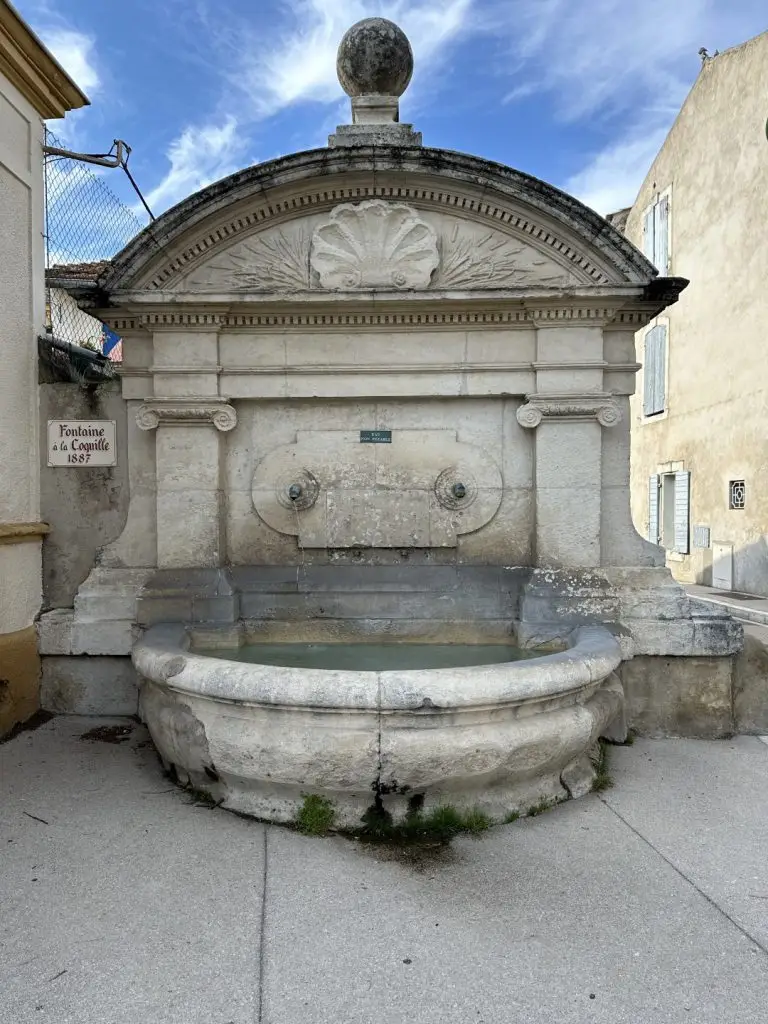
The village of Eyguières is named after three springs:Font-Vieille, Gilouse and Borme. Water is an important element in Eyguières, and it is thanks to it that the village has been able to develop. The extension of the village was achieved by taking into account the retreats of the old branches of the Durance, thanks to the abundance of its springs and irrigation via the Adam de Craponne canal. There are several fountains in the village. Here are some of those that contribute to Eyguières' reputation.
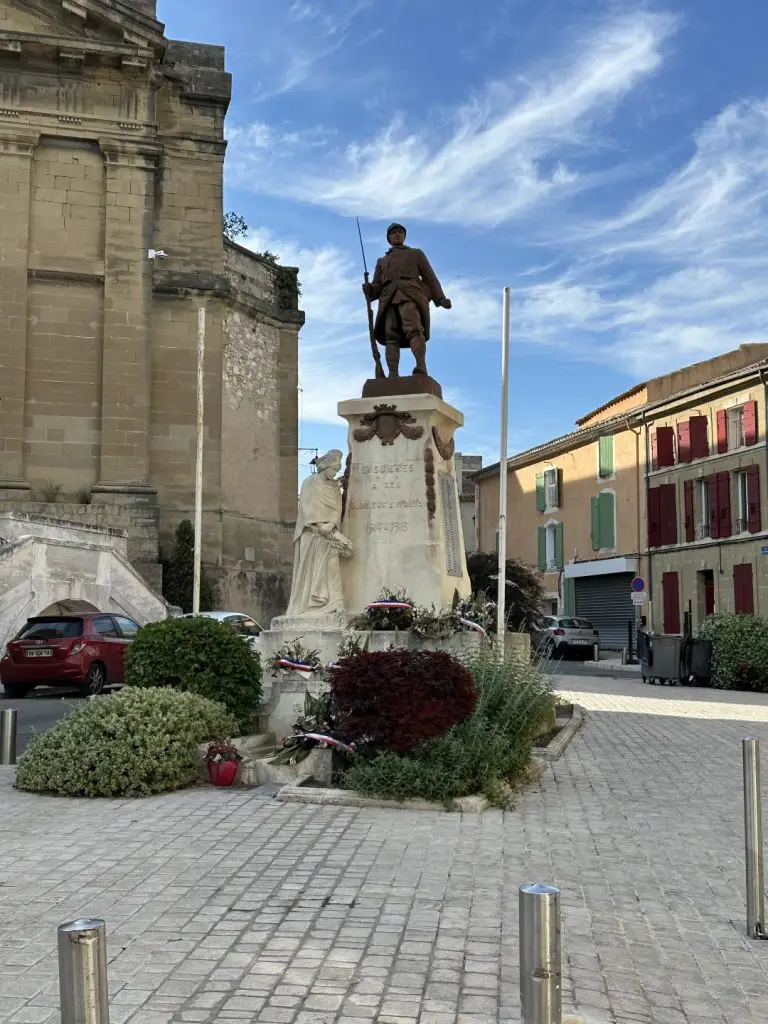
The Fontaine à la coquille (a semi-oval basin set against a wall decorated with two pilasters and scrolled capitals, topped by a pediment adorned with a shell and reed stems) was built in 1887 at the foot of the church on today's Place Thiers, in place of the former Fontaine de la Gorgue. It was dismantled in 1923 to make way for the War Memorial.
The Font-Vieille orGorgue spring is a resurgence from Mont-Menu. This ancient fountain, known today as the "Font Vieille" (old spring), was the only one in Eyguières until 1774. It is a rectangular basin set against the base of the war memorial.
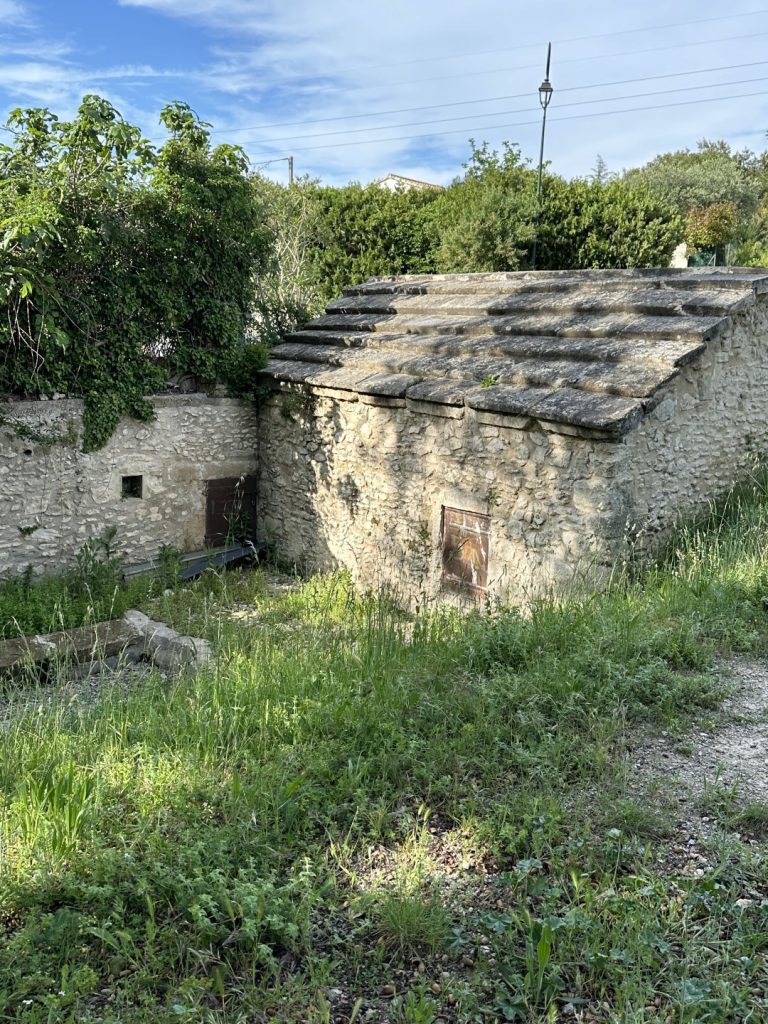
In 1774, it was decided to bring water from the Gilouse to the village. The Gilouse spring is a natural resurgence of water flowing underground in the Défends massif. The spring was developed to supply three new fountains in the village: Calendale, Trinquetaille and Burlière, in order to meet the population's water needs. The Gilouse fountain feeds a small open-air washhouse dating back to 1664.
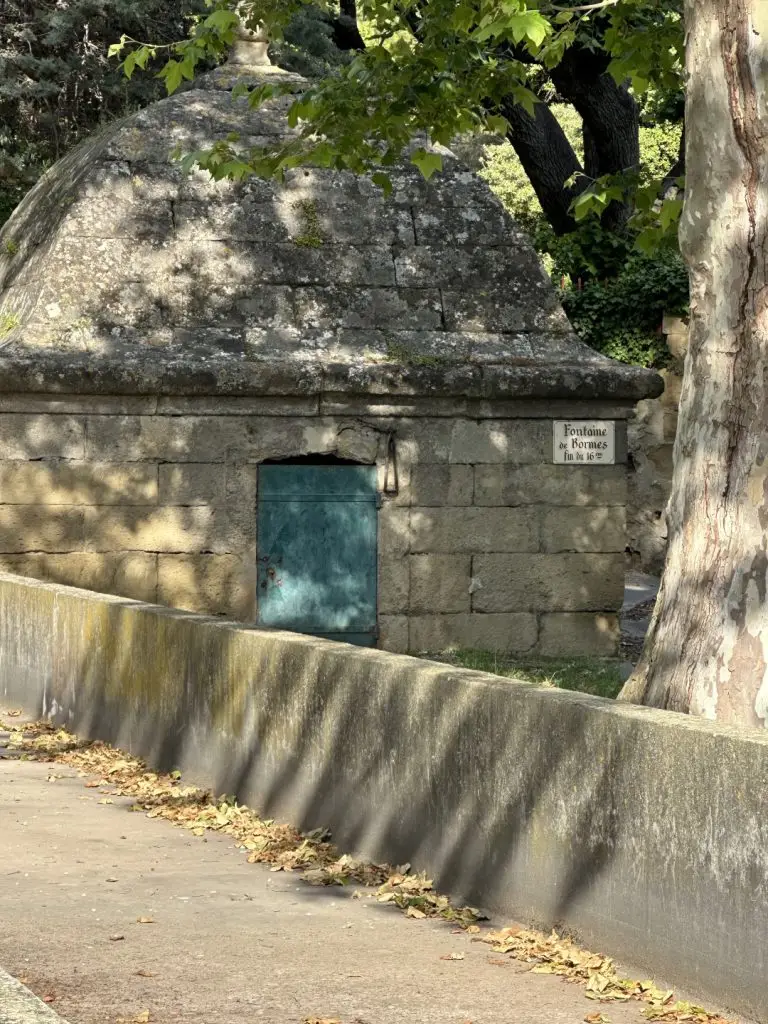
At the site of the Bormes fountain, there has always been a resurgence of water. The underground waters of this spring have always come from the Défends massif. The Bormes fountain is a reference to the name of the Gallic god of water, Borvo or Bormo, or to the site of the Roman villa Bormae, nearAquaria. It feeds a washhouse built in 1839.
Source: Le temps retrouvé by Michel Bernard Savoye, published by Equinoxe - 1992
Source: Eyguières, son passé en héritage, l'histoire de Provence au travers de son patrimoine by Sylvie Crégut, Francis Lodoli, Michel Poguet and Claude Tombeur - 2010
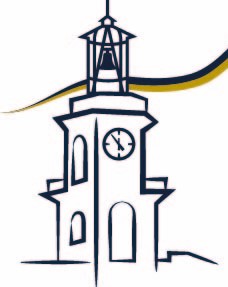
Welcome to the digital website of the Eyguières tourist office.
Only one place to accompany you during your stay.
This site was developed by the association Agir Ensemble Pour Eyguières.
Let's stay connected
Sign up for our newsletter to stay informed of our news and alerts.